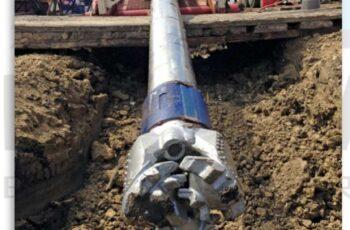Installing HDD cables may seem like a simple task, but small mistakes can cause major problems later. A poor connection or wrong setup can lead to signal loss, slow performance, or even cable damage. Knowing what to avoid can help you save time and prevent costly repairs.
Not Checking Cable Specifications
One common mistake during HDD Cable Installation is using cables that do not match the system’s requirements. Every cable has specific ratings for voltage, current, and environmental resistance. Ignoring these can lead to early wear or poor performance. Always confirm that the cable type and specifications match the equipment you’re installing.
Poor Planning Before Installation
Many installers skip the planning step. Without a clear layout, cables may end up running across walkways or close to sharp edges. This increases the chance of damage. Proper planning helps you route cables safely and efficiently, reducing strain and avoiding interference from nearby electrical systems.
Ignoring Manufacturer Instructions
Each HDD cable comes with a manufacturer’s manual or technical guide. Some ignore these and rely on past experience, which can lead to incorrect installation. Always read the manual, even if you’ve done similar work before. It often contains updated recommendations, including cable bend limits, connection techniques, and grounding procedures.
Over-Bending or Twisting the Cable
Cables are not meant to be bent or twisted sharply. Doing so can break the inner conductors or weaken the insulation. Follow the recommended bend radius and use proper supports when routing around corners. Using zip ties too tightly can also cause pressure damage, so keep them firm but not overly tight.
Poor Connection and Sealing
Loose connections are a major cause of system failure. Always ensure connectors are tight and sealed properly. If the cable is installed outdoors or underground, moisture can enter through small gaps. Use weatherproof seals and check that all connectors are secure. A single weak joint can affect the whole system.
Neglecting Grounding and Shielding
Without proper grounding and shielding, cables are exposed to electromagnetic interference (EMI). This can cause signal drops or noise in data transmission. Always ensure that shielding is continuous throughout the length of the cable and grounded at the correct points. Never skip grounding—it’s critical for safety and performance.
Skipping Testing After Installation
Once installation is done, some skip the testing step. This is risky. Testing helps identify connection faults, signal loss, or insulation problems early. Always perform a full continuity and performance check before completing the job. This saves time and prevents future breakdowns.
Using Low-Quality Accessories
Even if the cable is of good quality, using cheap connectors, joints, or clamps can cause system failure. Poor accessories reduce the overall lifespan of the installation. Always use components recommended by the cable manufacturer or tested for compatibility.
Avoiding these mistakes ensures a safe, durable, and efficient cable system. A good installation always starts with planning and ends with testing. For reliable and professional support in cable projects across the UAE, you can count on Inframax UAE.



